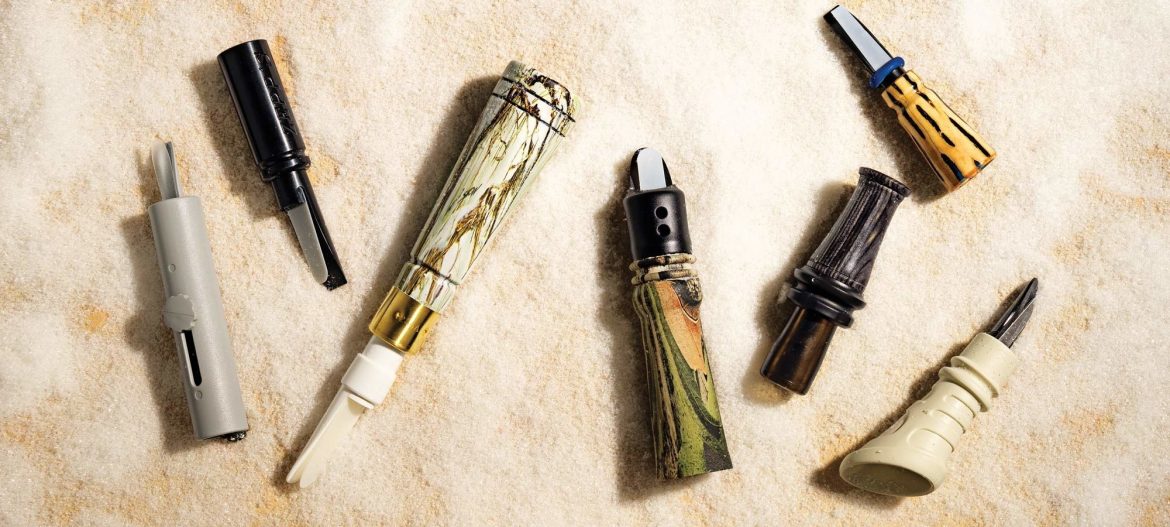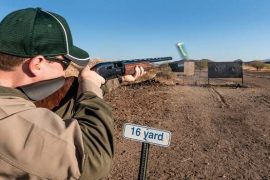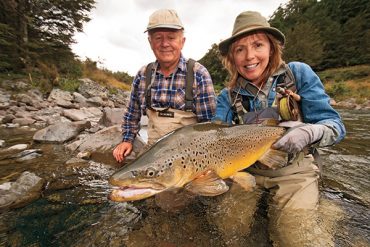
Over the past 15 years or so, predator calling has taken hold as a major winter pastime for recreational hunters across the country. The temperatures can be cold, but efforts are often rewarded with plenty of excitement to offset the post-big-game-season blues.
We took a look at seven great mouth calls that will put fur on the stretchers, evaluating them on several criteria that anything hanging on a predator hunter’s lanyard should have.
- Ease of use: The easier a call is to get comfortable with, the sooner it can be put to good use. Mouth fatigue also plays a part in this—the less effort a call requires to blow, the more effective it will be.
- Sound quality: No animal in distress sounds “pretty,” but an experienced ear can tell what sounds real.
- Volume: On a blustery, windblown day, a loud call can mean the difference between going home empty-handed and a skinning party.
- Versatility: A call that can make multiple sounds means you won’t need to switch to a different call as often, making for less movement and noise that will give you away.
- Freeze factor: In colder regions, having a call freeze up is a real concern, and more than one call has been slung into the brush because it froze at an inopportune moment.
We tested each call in temperatures down to -20 degrees F, evaluated it in all categories, and gave it an overall score from 1 to 10, with 10 being the best.

They say good things come in small packages, and in this case, they’re right. This was one of the easiest calls to pick up, required very little effort to produce good sound, and was the loudest call in the lineup. Often, volume is the trade-off for sound quality, but not here. It was very easy to produce both raspy and silky distress tones that sounded fantastic. Although the coyote distress sounds weren’t quite as easy to make compared with the other calls, that was a minor hitch. Both doe and fawn cries were a cinch. This call is a winner.

If you caught that this is a howler in a lineup of distress calls, you are correct. Versatility is the hallmark of this call. A howler, yes, but remove the mouthpiece and you have a great open-reed distress call. Your…





